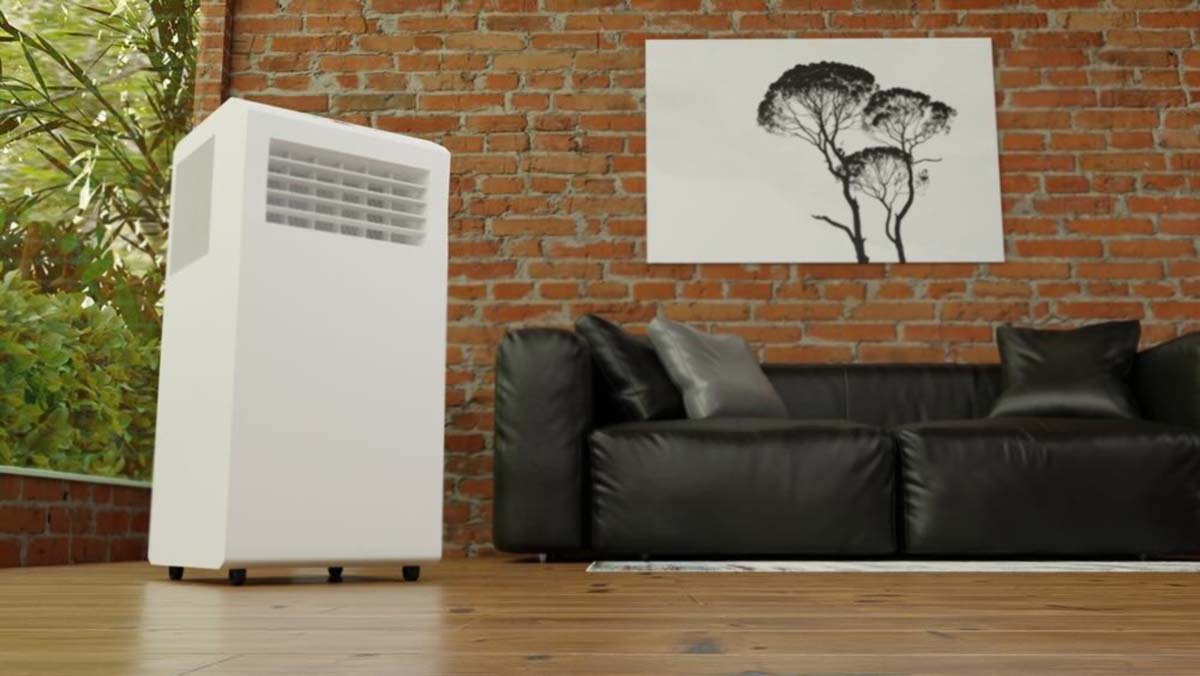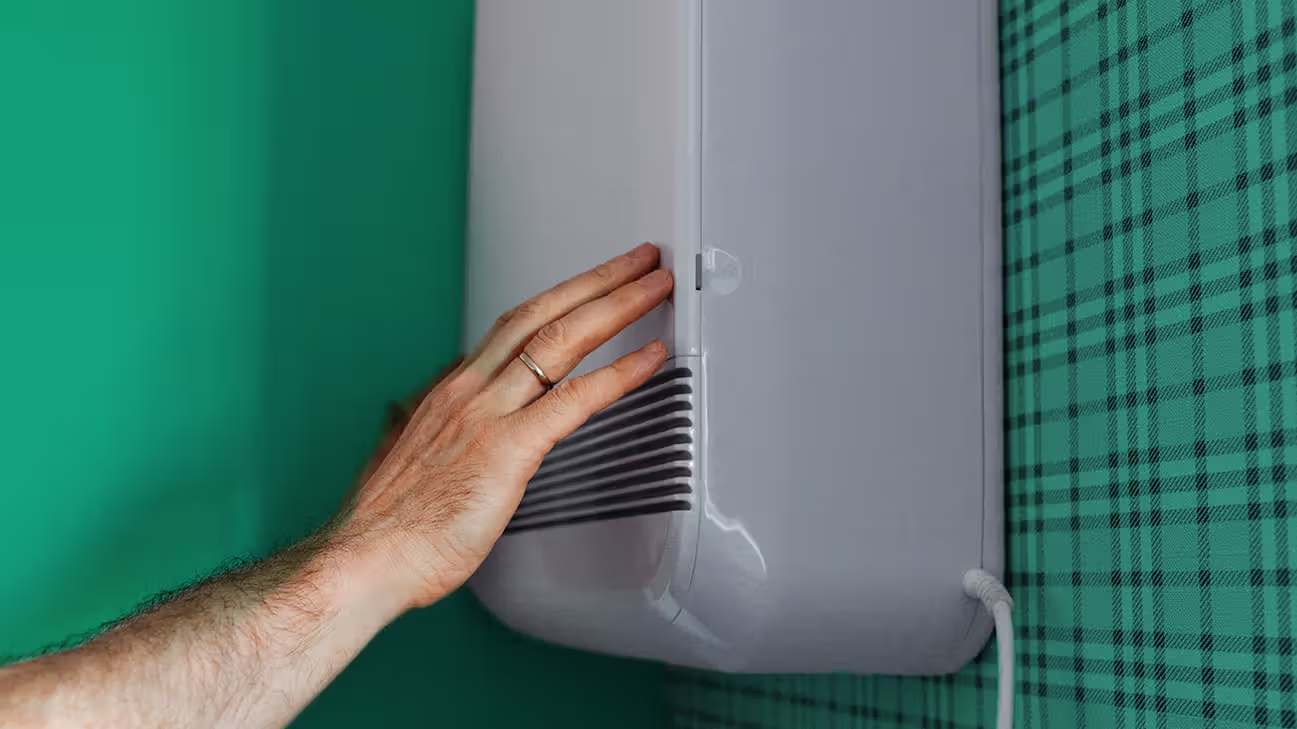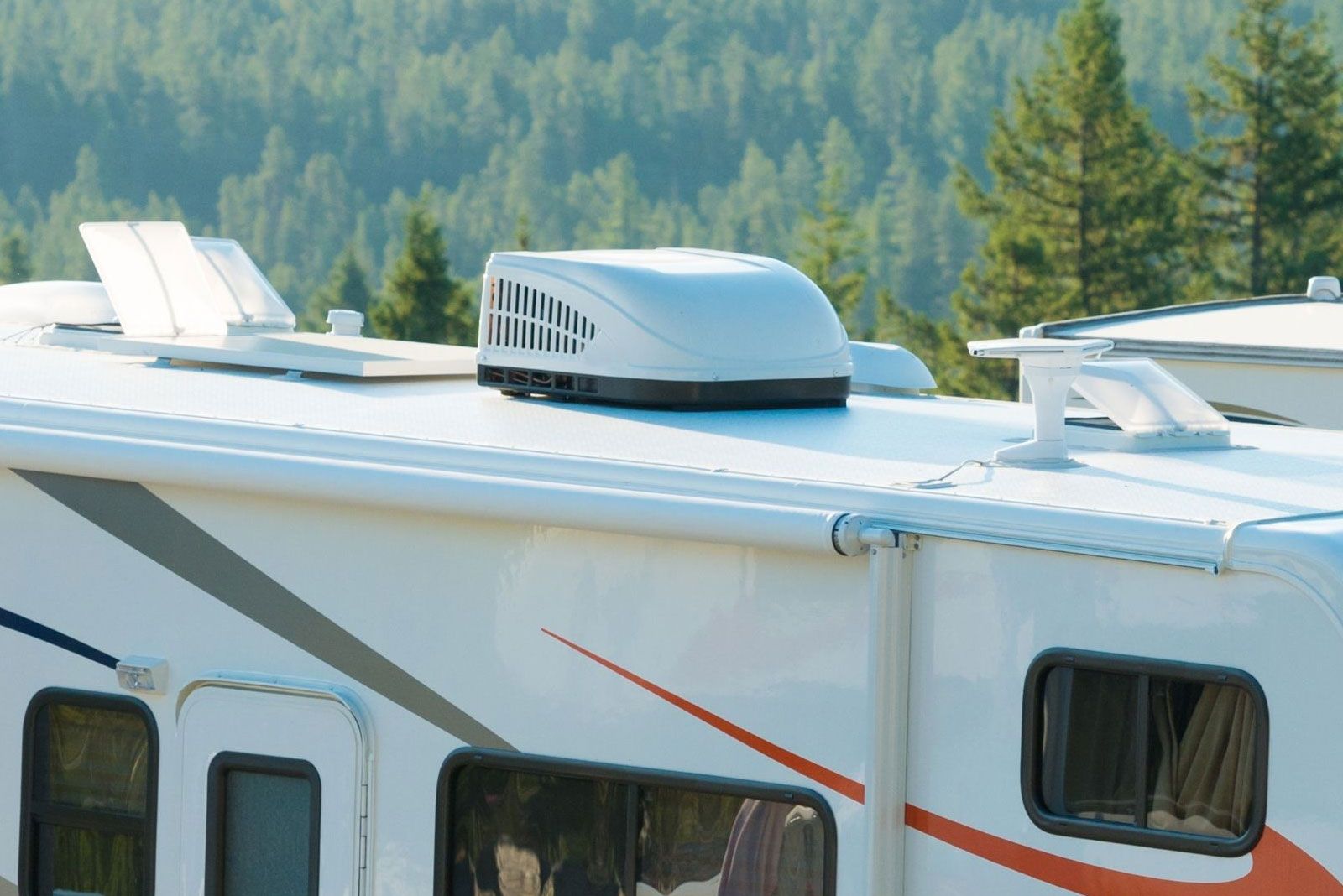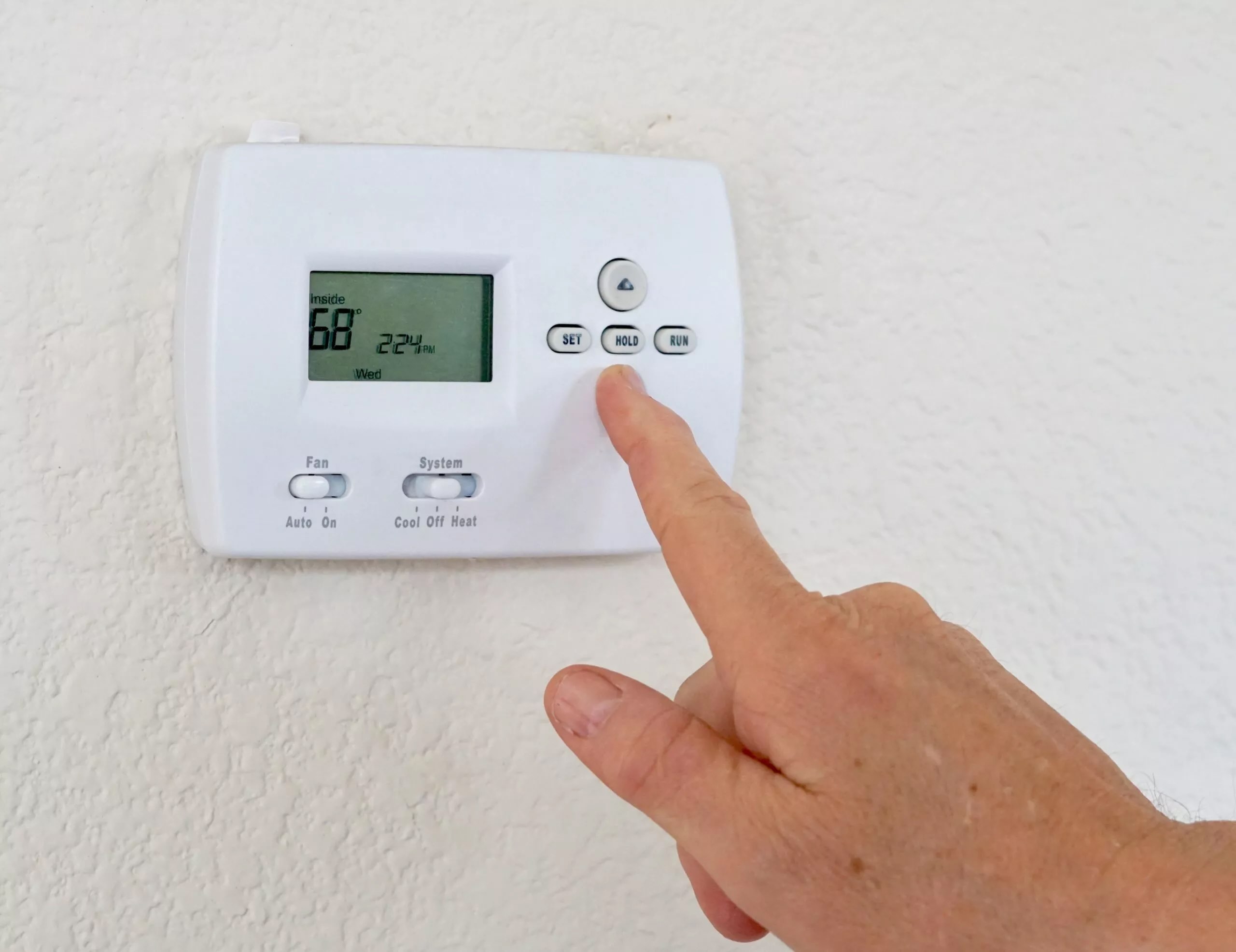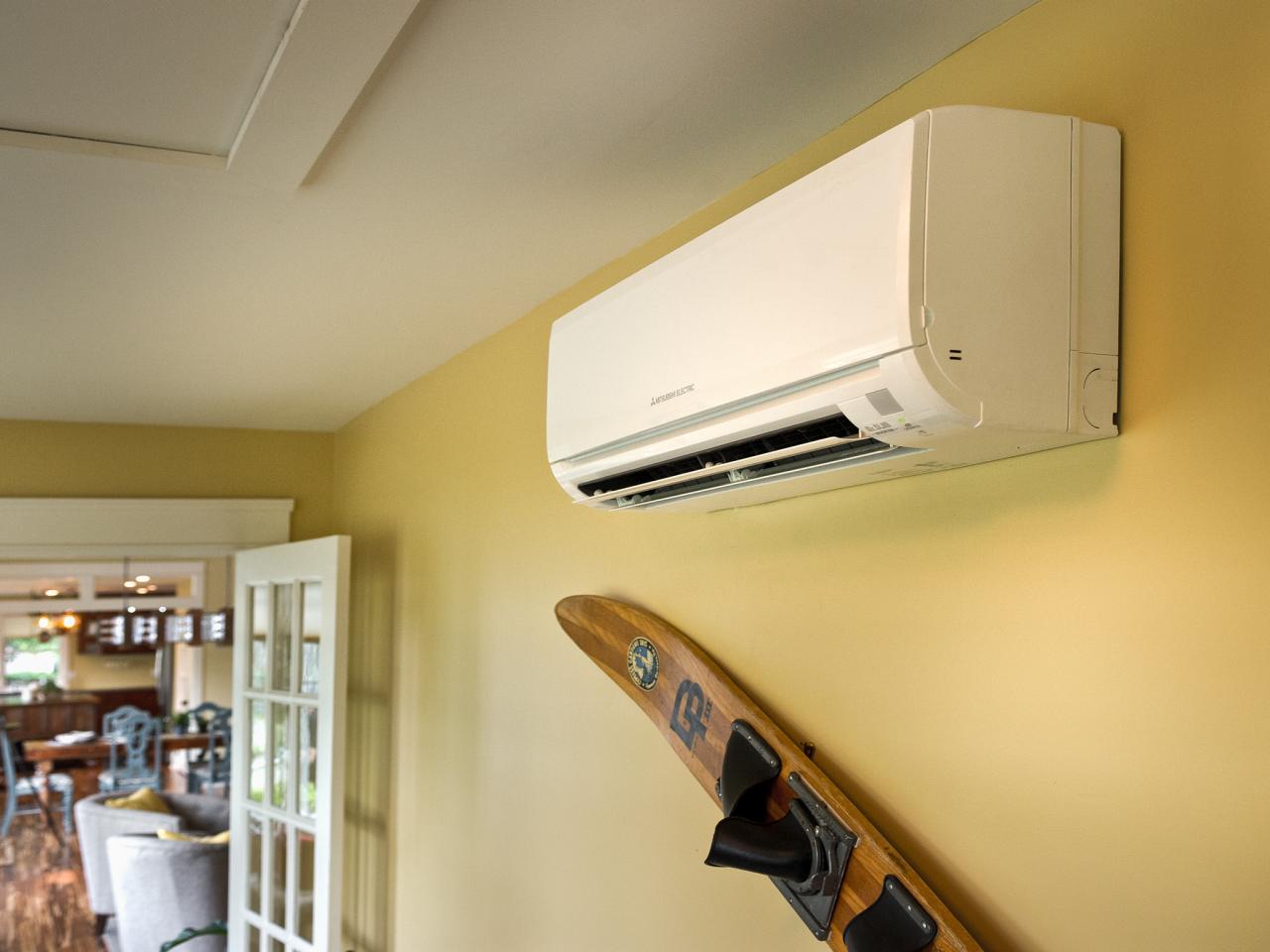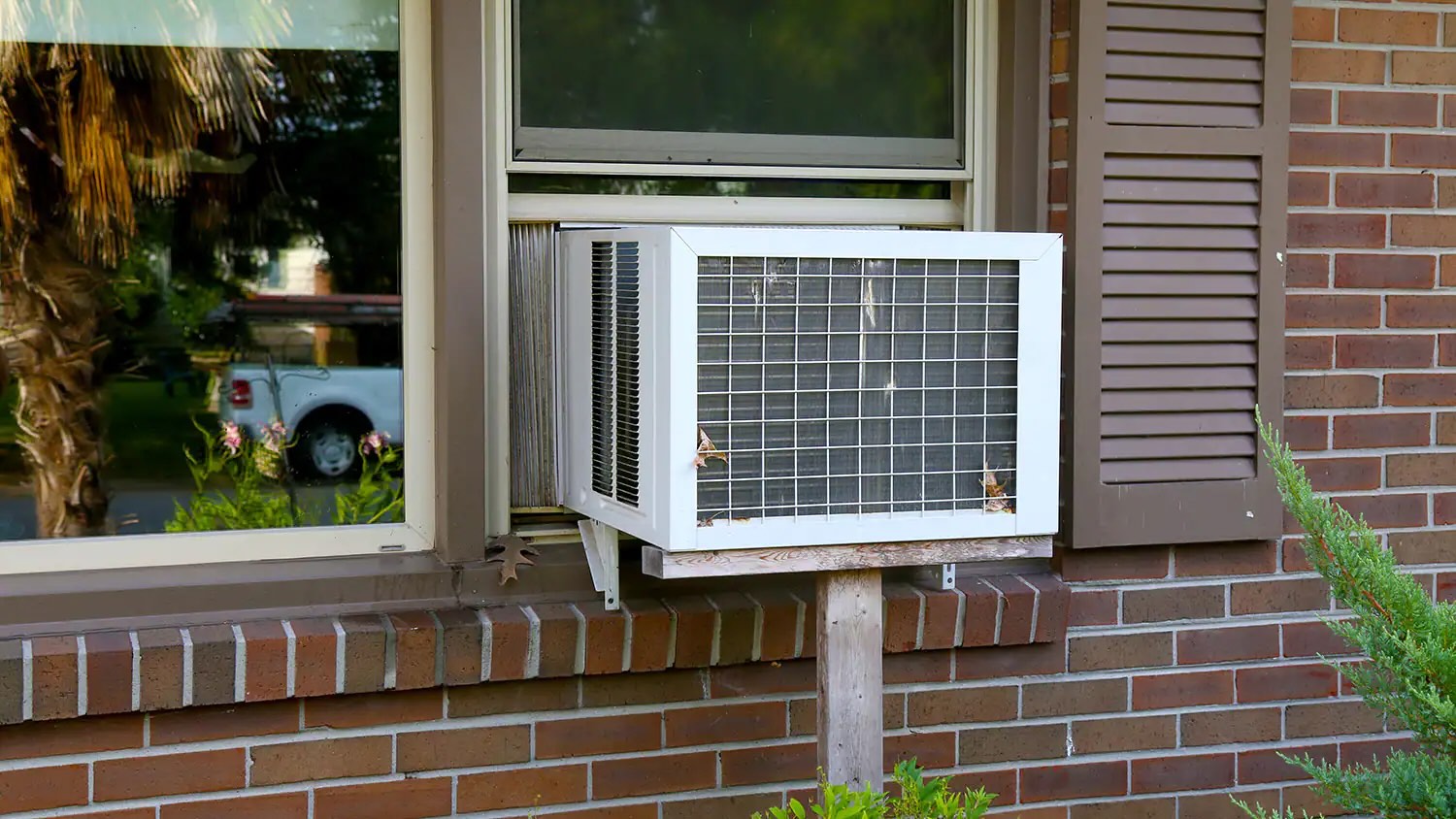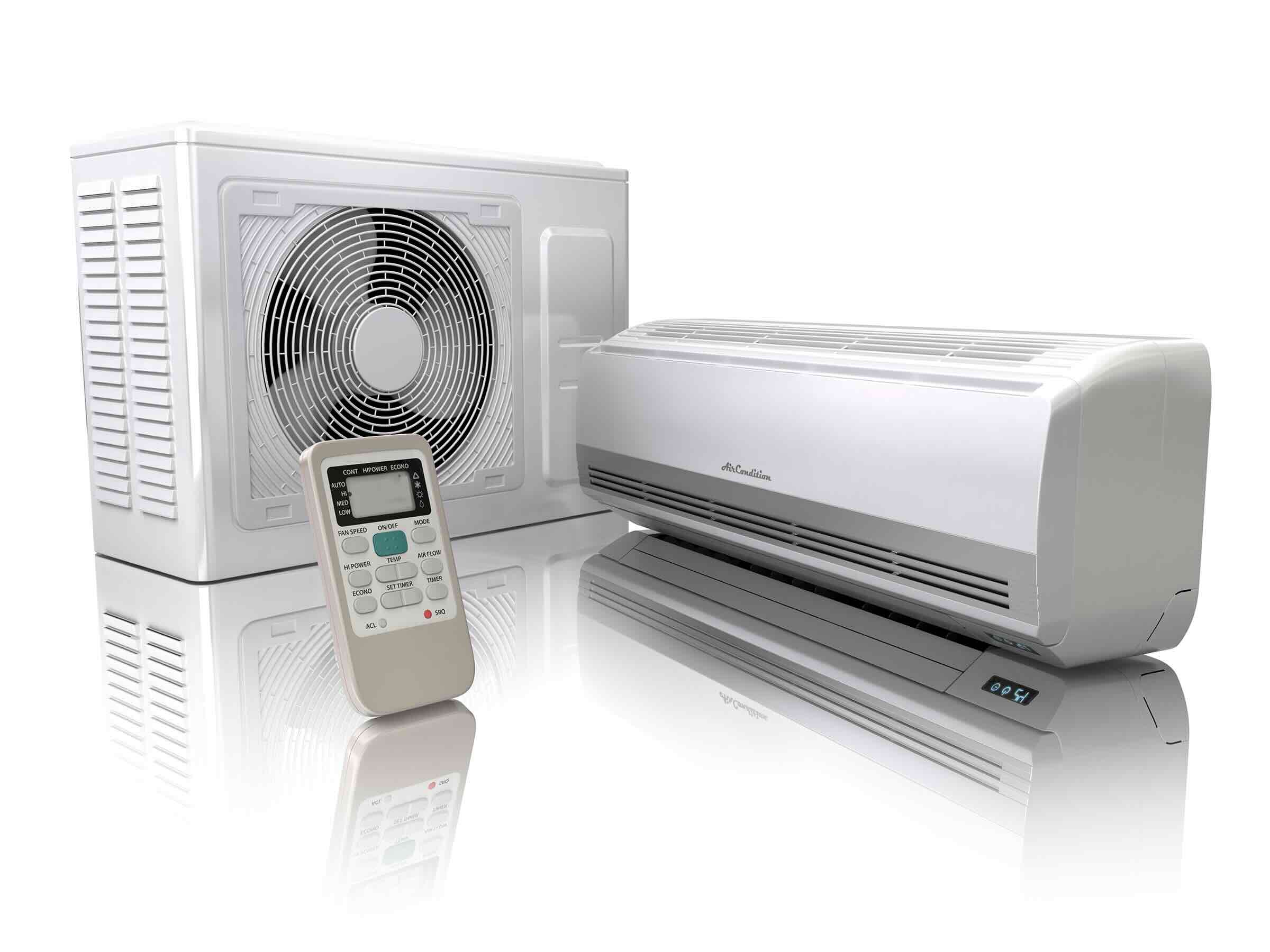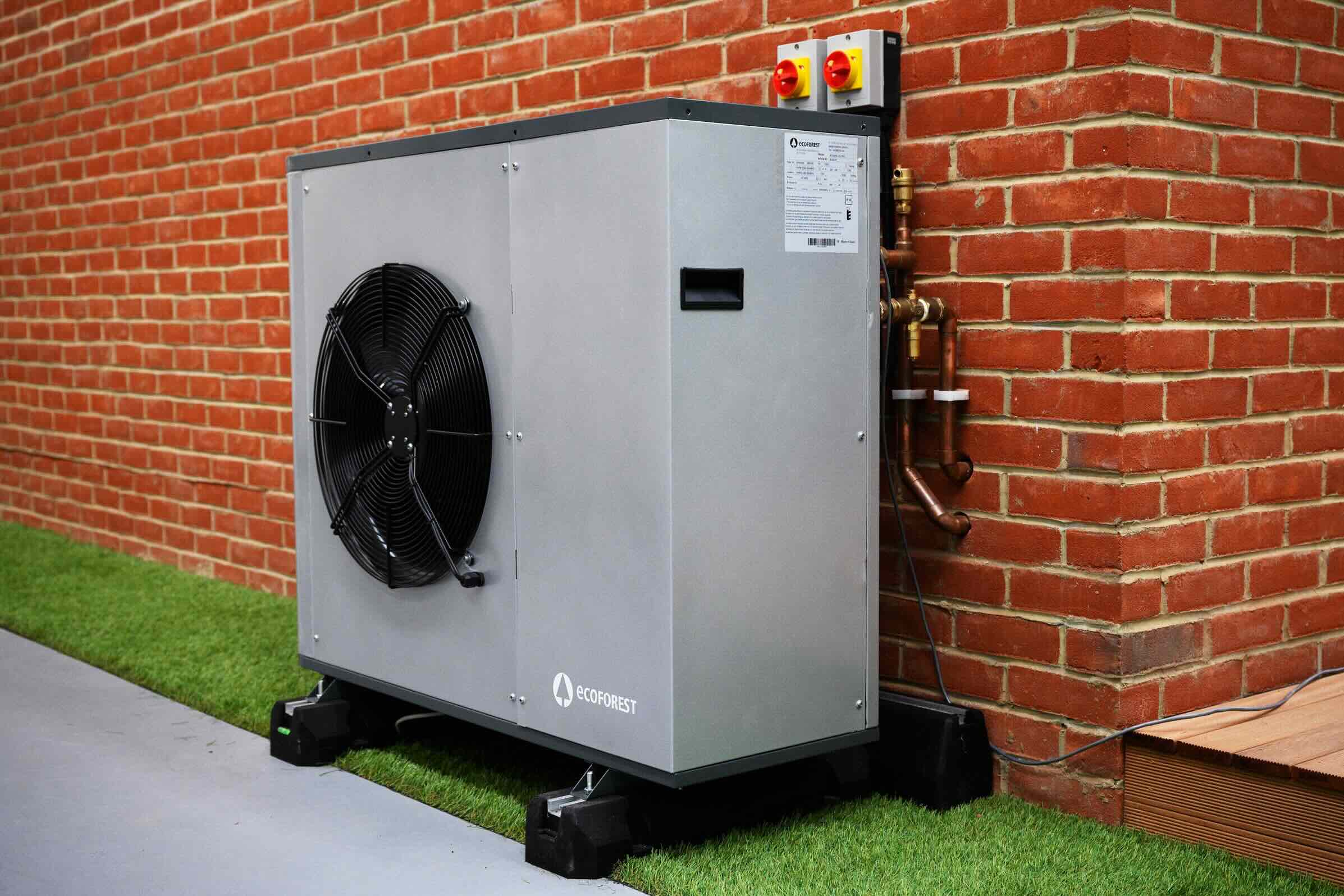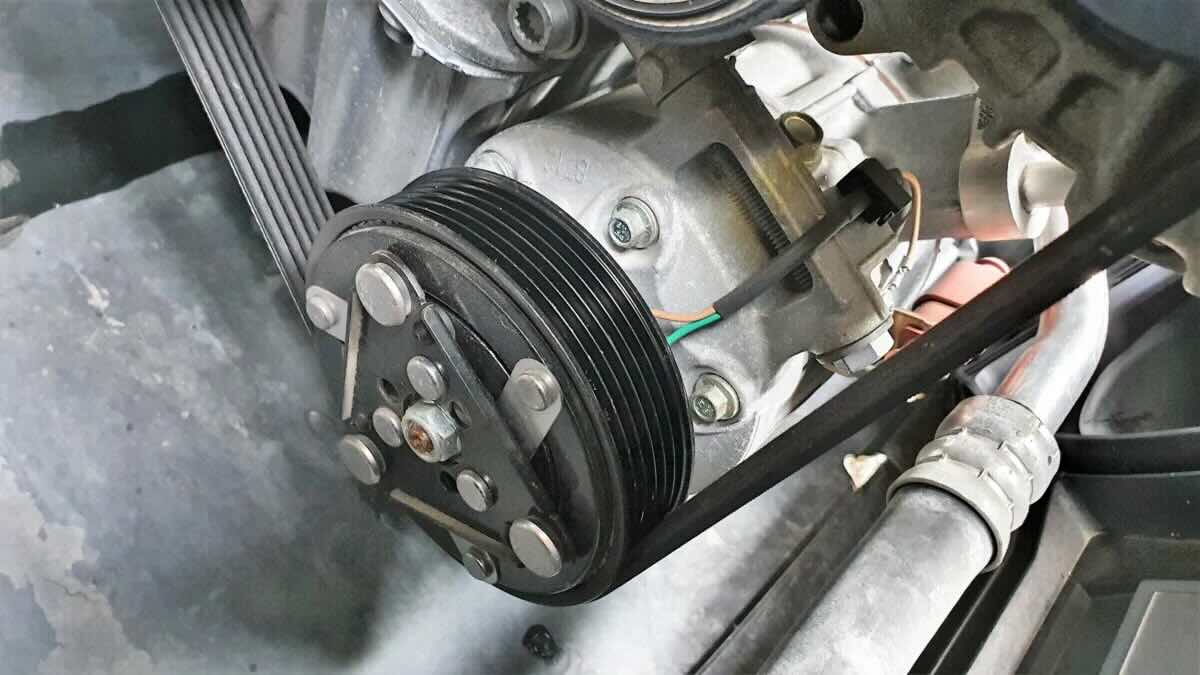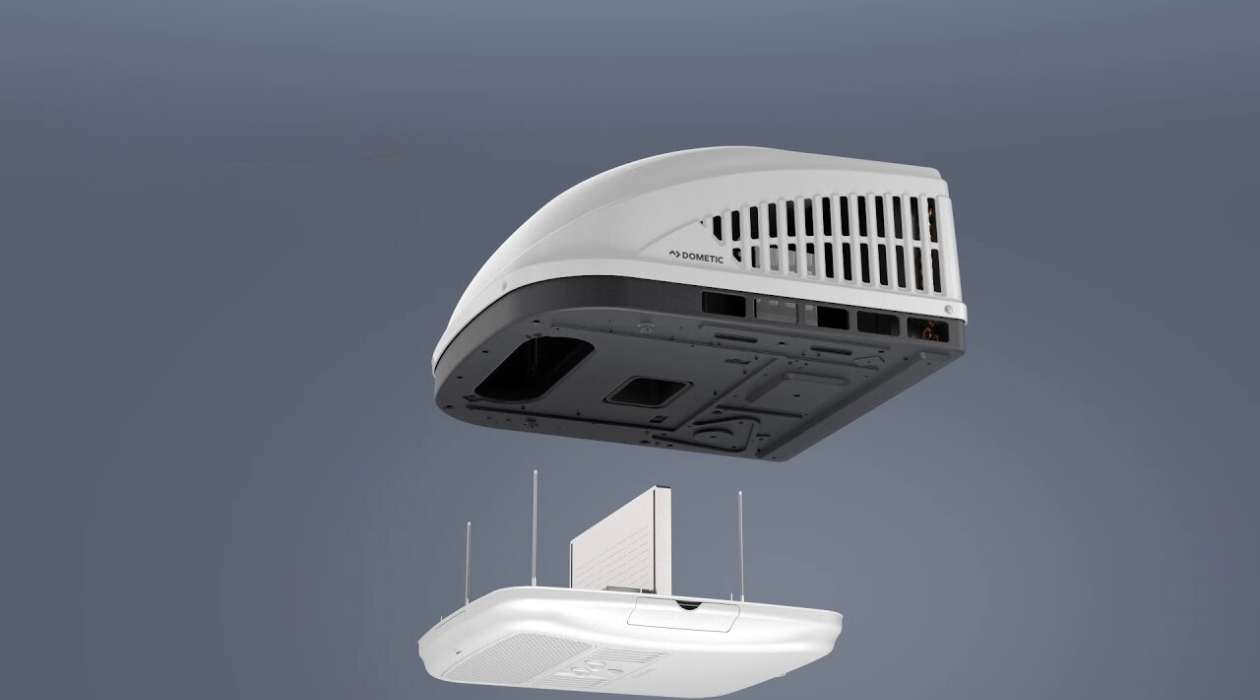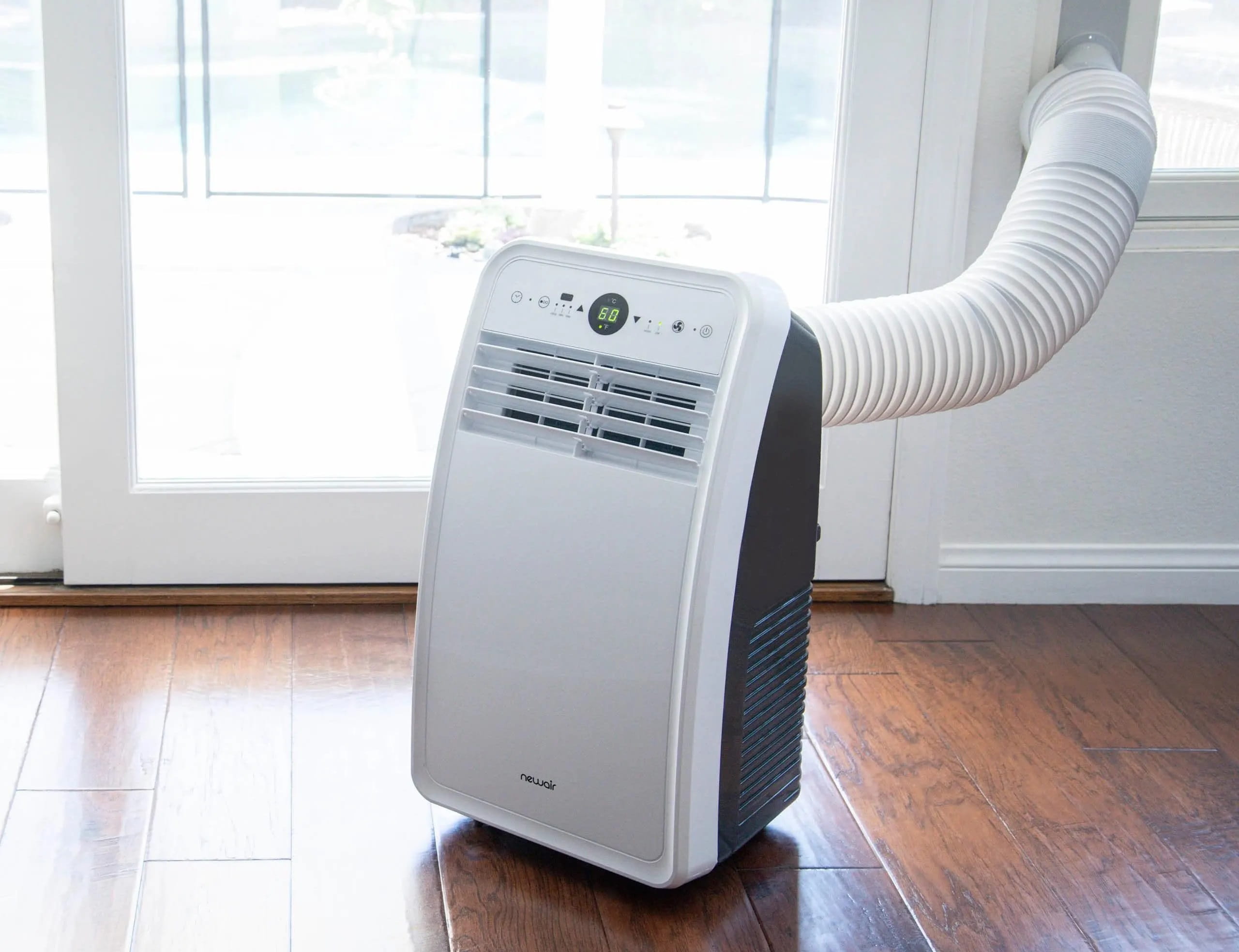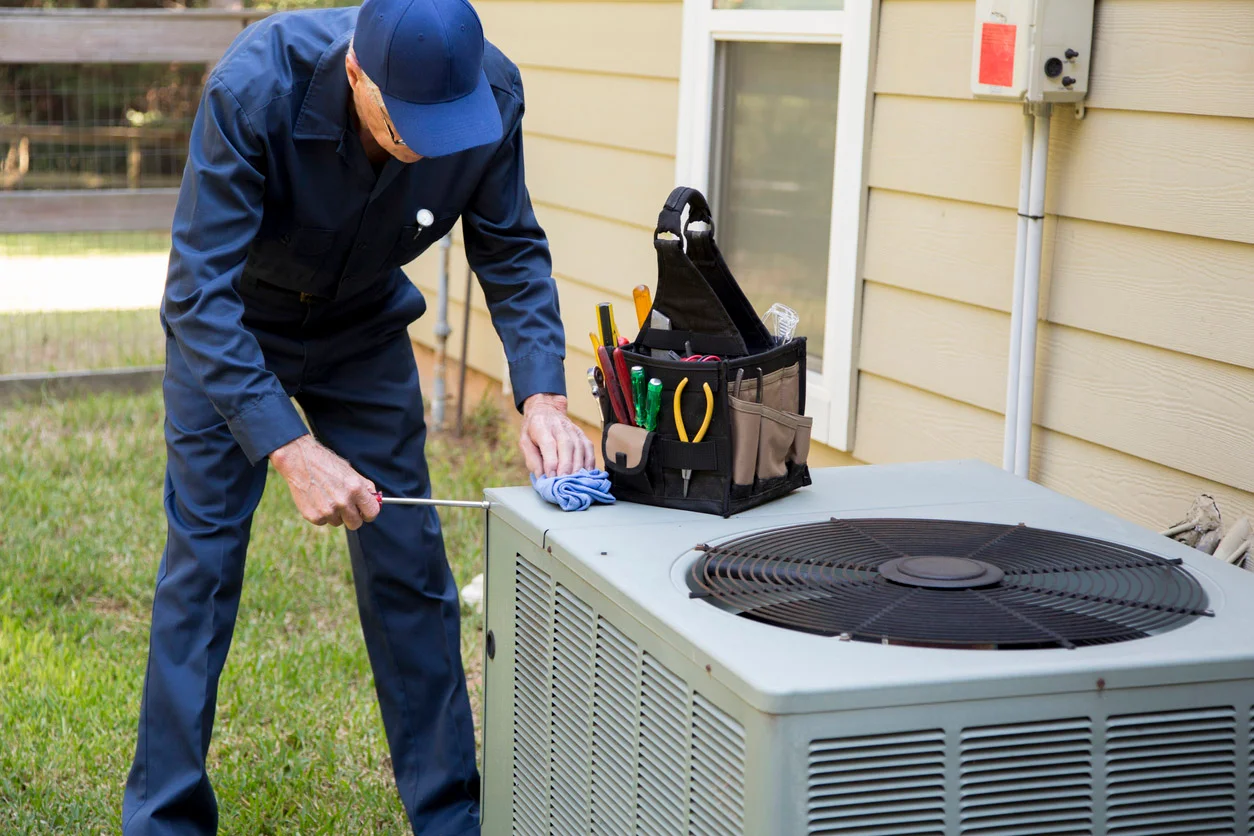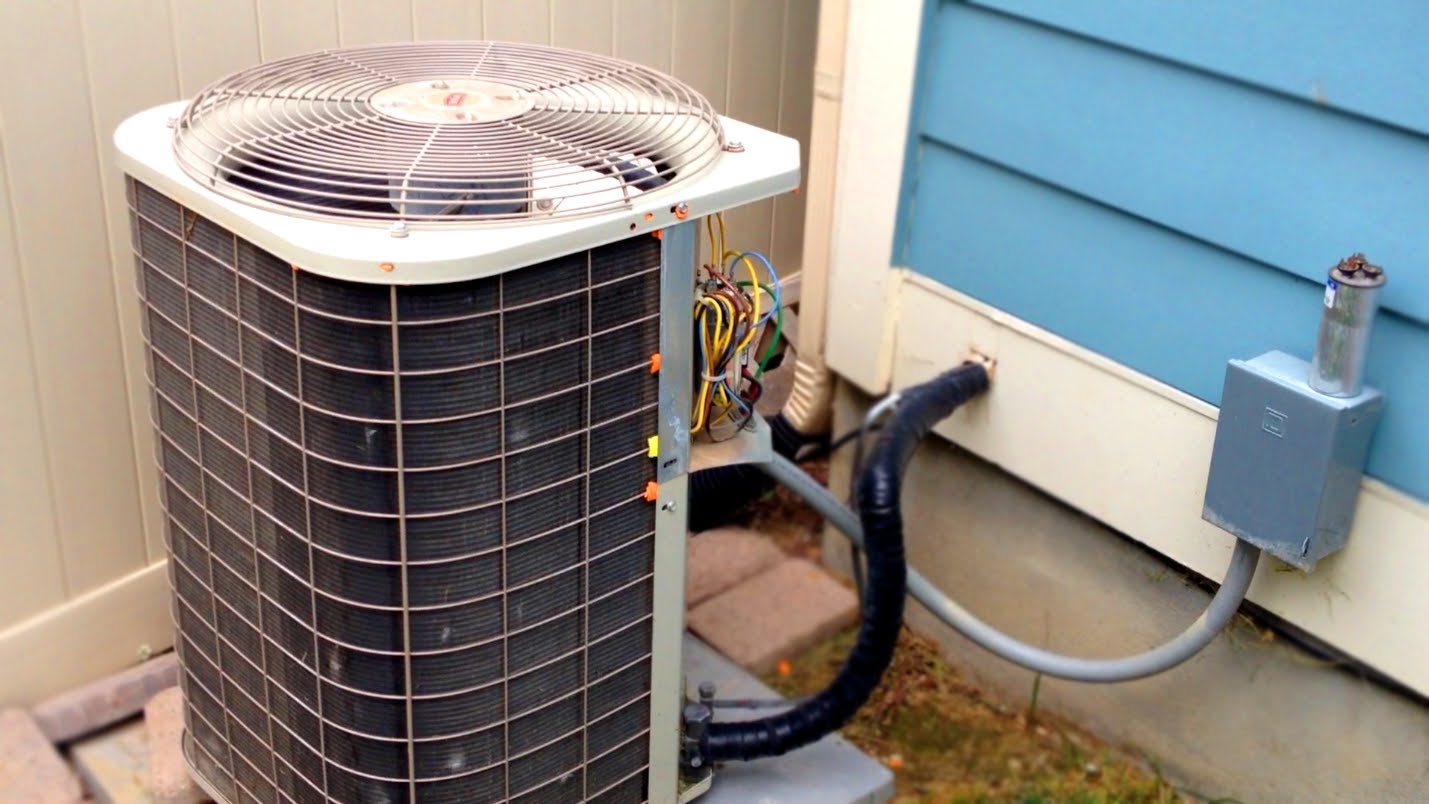Home>Home Maintenance>How Does An Air Conditioner Work?
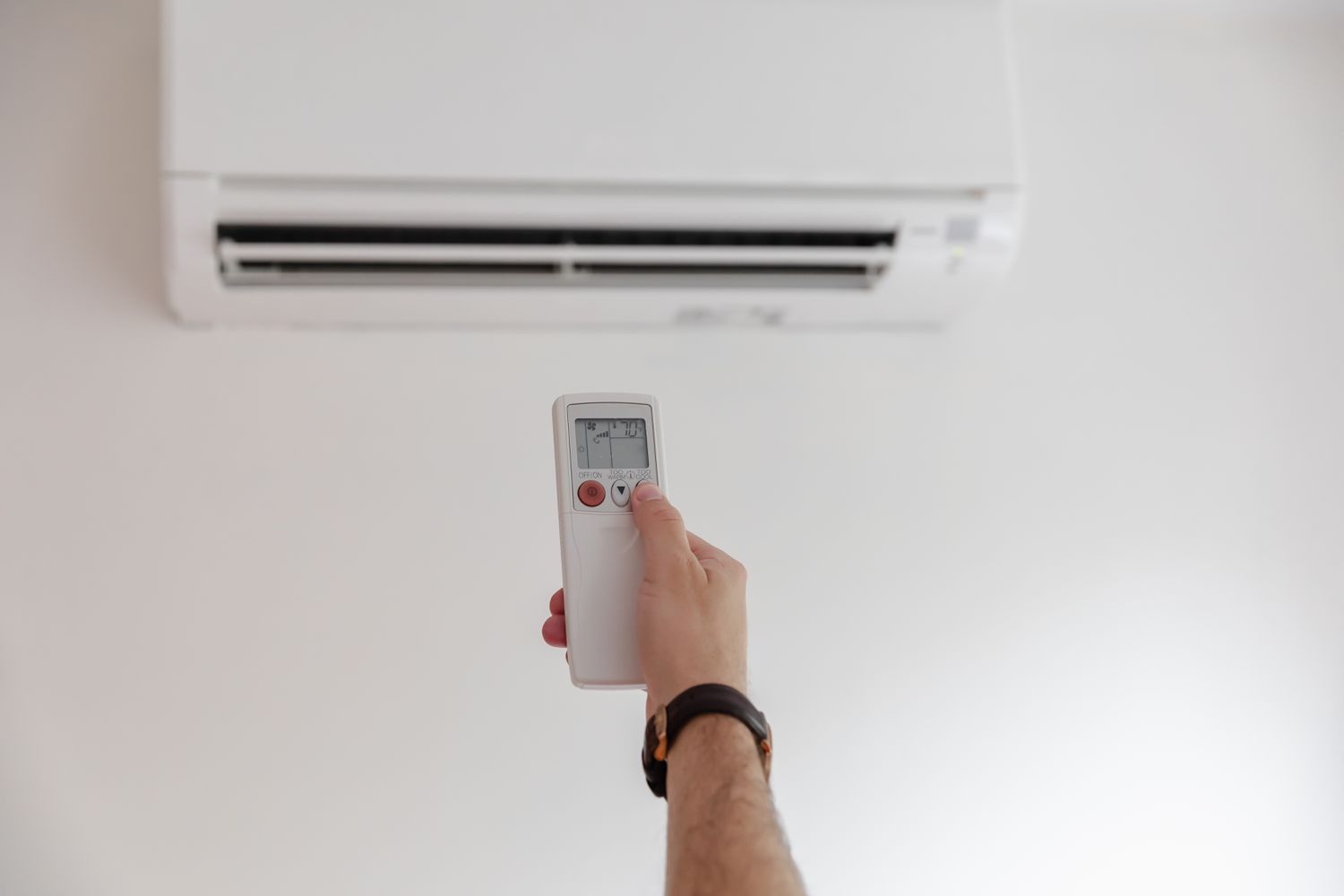

Home Maintenance
How Does An Air Conditioner Work?
Modified: March 7, 2024
Learn how an air conditioner works and the importance of regular home maintenance to keep it running efficiently. Get expert tips and advice on home maintenance for your air conditioning system.
(Many of the links in this article redirect to a specific reviewed product. Your purchase of these products through affiliate links helps to generate commission for Storables.com, at no extra cost. Learn more)
Introduction
Welcome to the world of air conditioners, where comfort meets technology. Whether it’s battling the scorching heat of summer or creating a cozy environment indoors, air conditioners play a vital role in maintaining a pleasant atmosphere in our homes and offices.
Have you ever wondered how these magical machines work? How do they transform hot, stuffy air into a refreshing cool breeze? In this article, we will delve into the inner workings of an air conditioner, exploring the basic components, the refrigeration cycle, and the cooling process.
Understanding how an air conditioner works can not only satisfy your curiosity but also empower you to make informed decisions when it comes to maintenance and troubleshooting.
So, let’s dive in and uncover the fascinating world of air conditioning!
Key Takeaways:
- Air conditioners work by absorbing heat from indoor air, releasing it outside, and circulating cooled air. Understanding this process empowers us to make informed decisions about maintenance and troubleshooting.
- Different types of air conditioning systems, such as window units, split systems, and central AC, offer unique features suited to various needs and spaces. Consider factors like size, installation, and energy efficiency when choosing a system.
Read more: How Does A Central Air Conditioner Work?
Basic Components of an Air Conditioner
An air conditioner consists of several key components that work together to provide cooling. Let’s take a closer look at each of these components:
- Compressor: The compressor is the heart of an air conditioner. It is responsible for pressurizing the refrigerant gas, increasing its temperature and pressure. This high-pressure gas is then sent to the condenser.
- Condenser: The condenser is located outside the building and is responsible for dissipating heat from the refrigerant. As the high-pressure gas passes through the condenser coils, it cools down and condenses into a high-pressure liquid. The heat from the refrigerant is released into the outdoor air.
- Expansion Valve: The expansion valve is a small device located between the condenser and the evaporator. Its function is to regulate the flow of refrigerant into the evaporator and control the pressure drop. As the high-pressure liquid refrigerant enters the expansion valve, it undergoes a rapid expansion, resulting in a decrease in temperature and pressure.
- Evaporator: The evaporator is located inside the building and is responsible for absorbing heat from the indoor air. The low-pressure, low-temperature liquid refrigerant enters the evaporator and evaporates into a gas. As it evaporates, it absorbs heat from the surrounding air, cooling it down in the process. The cooled air is then circulated back into the room.
These components work in harmony to create a continuous cycle of refrigerant flow, enabling the air conditioner to cool the air effectively.
The Refrigeration Cycle
The refrigeration cycle is the process through which an air conditioner cools the air. It involves four key steps: compression, condensation, expansion, and evaporation. Let’s explore each of these steps in detail:
- Step 1: Compression: The refrigeration cycle begins with the compressor. The compressor pressurizes the low-pressure refrigerant gas, increasing its temperature and pressure. The high-pressure gas then moves to the condenser.
- Step 2: Condensation: In the condenser, the high-pressure refrigerant gas loses heat to the surrounding air. As a result, it condenses into a high-pressure liquid. This liquid refrigerant still contains a significant amount of heat energy.
- Step 3: Expansion: The high-pressure liquid refrigerant then passes through the expansion valve. As it enters the expansion valve, the pressure drops suddenly, causing the refrigerant to expand rapidly. This expansion results in a decrease in temperature and pressure of the refrigerant.
- Step 4: Evaporation: The low-pressure, low-temperature liquid refrigerant now enters the evaporator. Inside the evaporator, the liquid refrigerant evaporates into a low-pressure gas. During this evaporation process, the refrigerant absorbs heat from the surrounding air, thus cooling it down. The cool air is then circulated back into the room, while the heated refrigerant gas moves back to the compressor to restart the cycle.
The refrigeration cycle is a continuous process that repeats itself as long as the air conditioner is running. This cyclic operation allows the air conditioner to efficiently cool the air, creating a comfortable indoor environment.
How Air Conditioners Cool the Air
Have you ever wondered how air conditioners manage to create a cool and comfortable environment? Let’s explore the three key processes involved in cooling the air: heat absorption, heat release, and air circulation.
Heat Absorption: The air conditioning process begins with the evaporator coil inside the indoor unit. As the warm indoor air passes over the evaporator coil, the refrigerant inside absorbs the heat from the air. This absorption process causes the refrigerant to evaporate into a gas, effectively removing heat from the surrounding air.
Heat Release: Once the heat is absorbed by the refrigerant, it is transported to the outdoor unit, where the condenser coil is located. The condenser coil releases the heat energy into the outside air. As the refrigerant condenses back into a liquid form, it gives off the heat that was absorbed from the indoor air.
Air Circulation: To ensure that the cooled air reaches all areas of the room, air circulation is essential. Air conditioners are designed to have a blower or fan that helps distribute the cooled air throughout the space. The fan draws air from the room, passes it over the evaporator coil to cool it down, and then releases it back into the room. This continuous circulation of air ensures that the entire space is evenly cooled.
By efficiently absorbing heat from the indoor air, releasing it outside, and circulating the cool air back into the room, air conditioners effectively create a comfortable and refreshing environment, offering respite from the heat and humidity of the outdoors.
Regular maintenance of your air conditioner, such as cleaning or replacing filters, can improve its efficiency and extend its lifespan.
Types of Air Conditioning Systems
When it comes to air conditioning systems, there are several options to choose from, each with its own unique features and advantages. Let’s take a closer look at three popular types of air conditioning systems: window air conditioners, split air conditioners, and central air conditioning.
Window Air Conditioners: Window air conditioners are compact units that are designed to fit in a window or a slot in an exterior wall. They consist of a single unit that contains all the components, including the compressor, condenser, expansion valve, and evaporator. These units are relatively easy to install and are suitable for cooling smaller spaces such as bedrooms or small living rooms. Window air conditioners are cost-effective and provide direct cooling to the room in which they are installed.
Split Air Conditioners: Split air conditioners consist of two separate parts: an indoor unit and an outdoor unit. The indoor unit contains the evaporator and blower, while the outdoor unit houses the compressor and condenser. The two units are connected by refrigerant lines, allowing for efficient cooling. Split air conditioners offer the advantage of being able to cool multiple rooms or larger spaces. They are also more aesthetically pleasing as the bulky outdoor unit can be placed away from sight, providing a sleeker look.
Central Air Conditioning: Central air conditioning systems are designed to cool an entire building or a large area. They consist of a central unit, usually located outside the building, which contains the compressor, condenser, and other components. The conditioned air is distributed through a ductwork system and delivered to each room through vents or diffusers. Central air conditioning provides consistent cooling throughout the entire space and is commonly found in larger residential homes, commercial buildings, and offices.
Each type of air conditioning system has its own strengths and is suitable for different needs and requirements. It’s important to consider factors such as the size of the space, installation requirements, energy efficiency, and budget when choosing the right system for your needs.
Read more: How Does A Car Air Conditioner Work
Energy Efficiency and Environmental Impact
In today’s world, energy efficiency and environmental impact are crucial considerations when it comes to choosing an air conditioning system. Let’s explore two important factors that relate to energy efficiency and environmental sustainability: the SEER rating and refrigerants.
SEER Rating: The Seasonal Energy Efficiency Ratio, or SEER rating, is a measure of the energy efficiency of an air conditioning system. It represents the cooling output of the system in relation to the energy consumed over a season. The higher the SEER rating, the more efficient the system is, meaning it can provide the same cooling output while consuming less energy. Investing in an air conditioning system with a higher SEER rating can result in significant energy savings and reduced utility bills. It is important to look for systems with a SEER rating that meets or exceeds the minimum requirement set by local energy regulations.
Refrigerants and Environmental Considerations: Refrigerants are chemicals used in air conditioning systems to transfer heat. However, certain refrigerants can have negative environmental impacts. The most common refrigerants used in air conditioners are known as hydrofluorocarbons (HFCs), which have a high global warming potential. HFCs contribute to climate change when released into the atmosphere. In recent years, there has been a push towards more environmentally friendly refrigerants, such as hydrochlorofluorocarbons (HCFCs) and hydrofluoroolefins (HFOs), which have lower global warming potentials and pose less risk to the ozone layer. It is important to consider the type of refrigerant used in an air conditioning system and choose options that have a lower environmental impact.
When selecting an air conditioning system, it is essential to consider both energy efficiency and the environmental impact. Opting for systems with higher SEER ratings and environmentally friendly refrigerants not only helps reduce energy consumption and utility bills but also minimizes the carbon footprint and contributes to a healthier environment.
Common Issues and Troubleshooting
While air conditioning systems are designed to provide reliable cooling, they can sometimes experience problems. Knowing how to troubleshoot common issues can save you time and money. Let’s discuss three common problems and their possible solutions: low refrigerant levels, leaks, and faulty electrical components.
Low Refrigerant Levels: If your air conditioner isn’t cooling effectively, low refrigerant levels may be the culprit. Low refrigerant levels can occur due to leaks or improper charging during installation. To resolve this issue, it is important to hire a professional technician who can accurately diagnose the problem and recharge the system with the correct amount of refrigerant. It is crucial to address low refrigerant levels promptly, as they not only affect cooling performance but can also cause compressor damage.
Leaks: Leaks in the refrigerant lines or components can cause a loss of cooling efficiency. If you suspect a refrigerant leak, it is best to consult a professional technician. They will perform a thorough inspection to locate and repair the leak. It is important to address leaks promptly, as they not only impact cooling efficiency but can also contribute to environmental pollution.
Faulty Electrical Components: Like any electrical system, air conditioning units can experience issues with electrical components. This can manifest as a failure to start, sporadic cooling, or a complete system shutdown. If you encounter electrical problems with your air conditioner, it is recommended to seek assistance from a qualified technician. They will inspect the electrical components, such as the thermostat, circuit breakers, and wiring, to identify and rectify any faults.
While troubleshooting common issues can be helpful, it is important to remember that air conditioning systems are complex and should be serviced and repaired by trained professionals. Regular maintenance, such as cleaning the filters, removing dirt and debris from the coil, and checking for any blockages, is also crucial to ensure optimal performance and longevity of your air conditioning system.
Conclusion
Air conditioning systems have become an integral part of our lives, providing us with comfort and respite from the heat. Understanding how these systems work and the components involved can help us appreciate the technology behind them and make informed decisions when it comes to maintenance and troubleshooting.
In this article, we explored the basic components of an air conditioner, including the compressor, condenser, expansion valve, and evaporator. We also learned about the refrigeration cycle, which involves compression, condensation, expansion, and evaporation, explaining how air conditioners cool the air by absorbing heat, releasing it, and circulating the cooled air.
We discussed different types of air conditioning systems, such as window air conditioners, split air conditioners, and central air conditioning, each offering unique features suited to different needs and requirements.
Energy efficiency and environmental impact are crucial considerations in today’s world, and we looked at how the SEER rating and environmentally friendly refrigerants contribute to energy efficiency and sustainability.
Lastly, we explored common issues with air conditioning systems, including low refrigerant levels, leaks, and faulty electrical components, and discussed the importance of professional troubleshooting and regular maintenance.
By understanding the inner workings of air conditioners and being mindful of energy efficiency and environmental impact, we can ensure the optimal performance and longevity of our systems while minimizing our carbon footprint.
So the next time you enjoy the cool breeze on a hot summer day, you can appreciate the technology and engineering that goes into making your space comfortable and enjoyable!
Frequently Asked Questions about How Does An Air Conditioner Work?
Was this page helpful?
At Storables.com, we guarantee accurate and reliable information. Our content, validated by Expert Board Contributors, is crafted following stringent Editorial Policies. We're committed to providing you with well-researched, expert-backed insights for all your informational needs.
